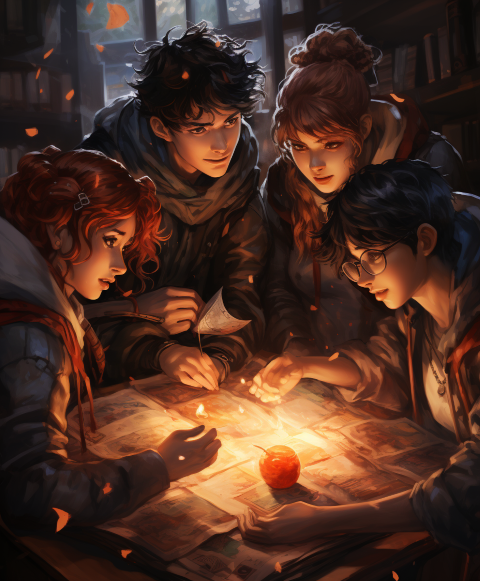
DMing is not a Covert Power Grab
The DM initiates and shapes play; collaboration matters, but new norms that cast their creative lead as suspect risk stifling games.

The DM initiates and shapes play; collaboration matters, but new norms that cast their creative lead as suspect risk stifling games.
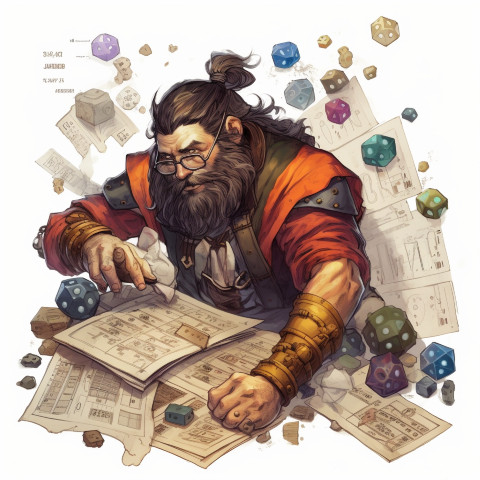
Advantage skews outcomes toward the mean, boosts easy checks more than hard ones, and its non-stacking design blunts creative tactics and tension.
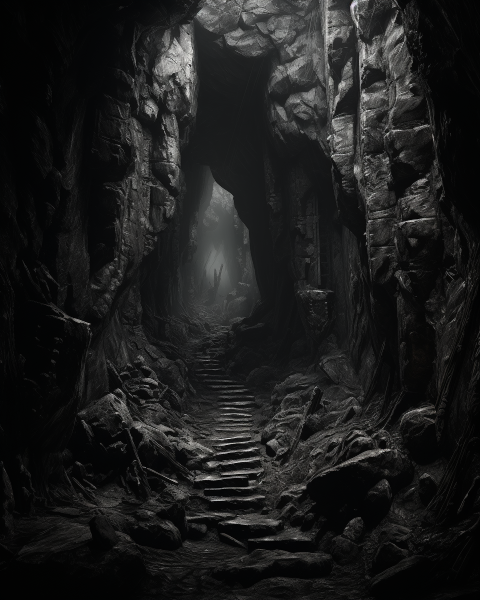
A level-5 DnD 5e grief-themed dungeon born from slain innocents, mixing environmental hazards and moral trials across five evocative chambers.

Transform travel by treating geography as a character, embedding hooks and implied encounters that spark curiosity and player-driven choices.
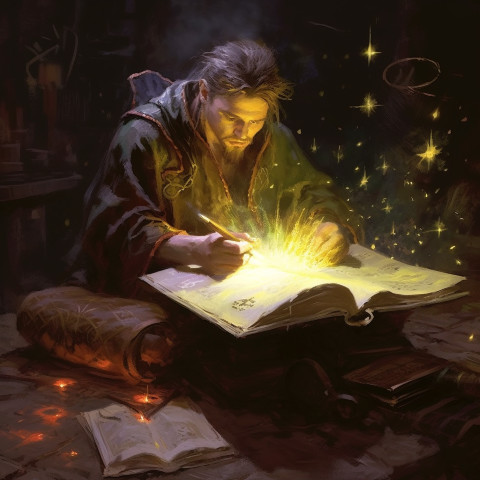
Homebrew options for arcane pet play: animate weapons, clockwork constructs, and mephits, with balance notes, scaling, and narrative discovery hooks.
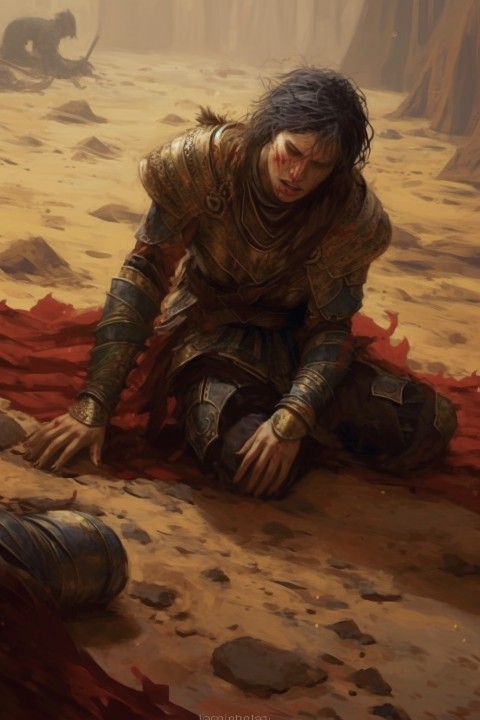
A proposed 5e house rule ties risk to negative HP and CON saves, raising urgency, nerfing Healing Word, and making knockdowns matter again.
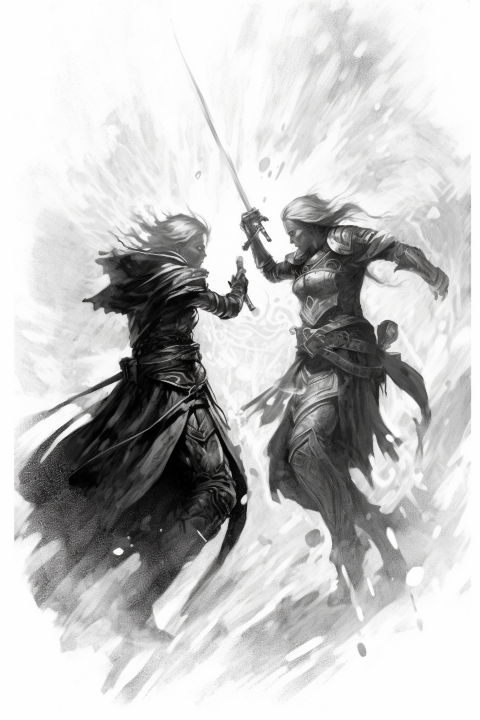
Explains AC as an abstract defense working with HP to pace damage over time, guiding narration and design without literal blow-by-blow realism.
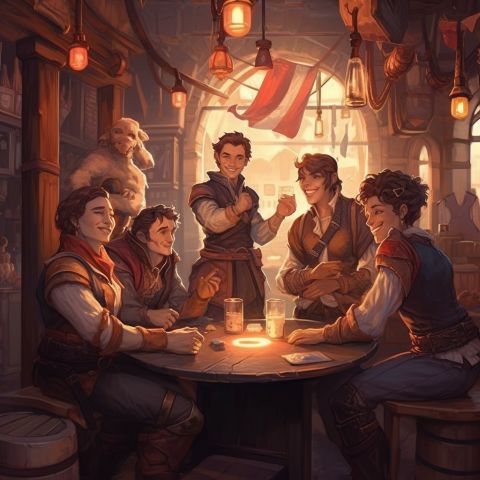
Use a concise pitch deck to attract the right players by outlining premise, tone, rules, schedule, and boundaries, plus tools and templates to get started.

HP in D&D are an abstract tool shaped by the DM to set tone and stakes, not literal wounds, evolving across editions to serve fun.

High-risk magical sites let casters supercharge spells via attunement and metamagic checks with failure risks and rarity tiers, giving DMs rich hooks.